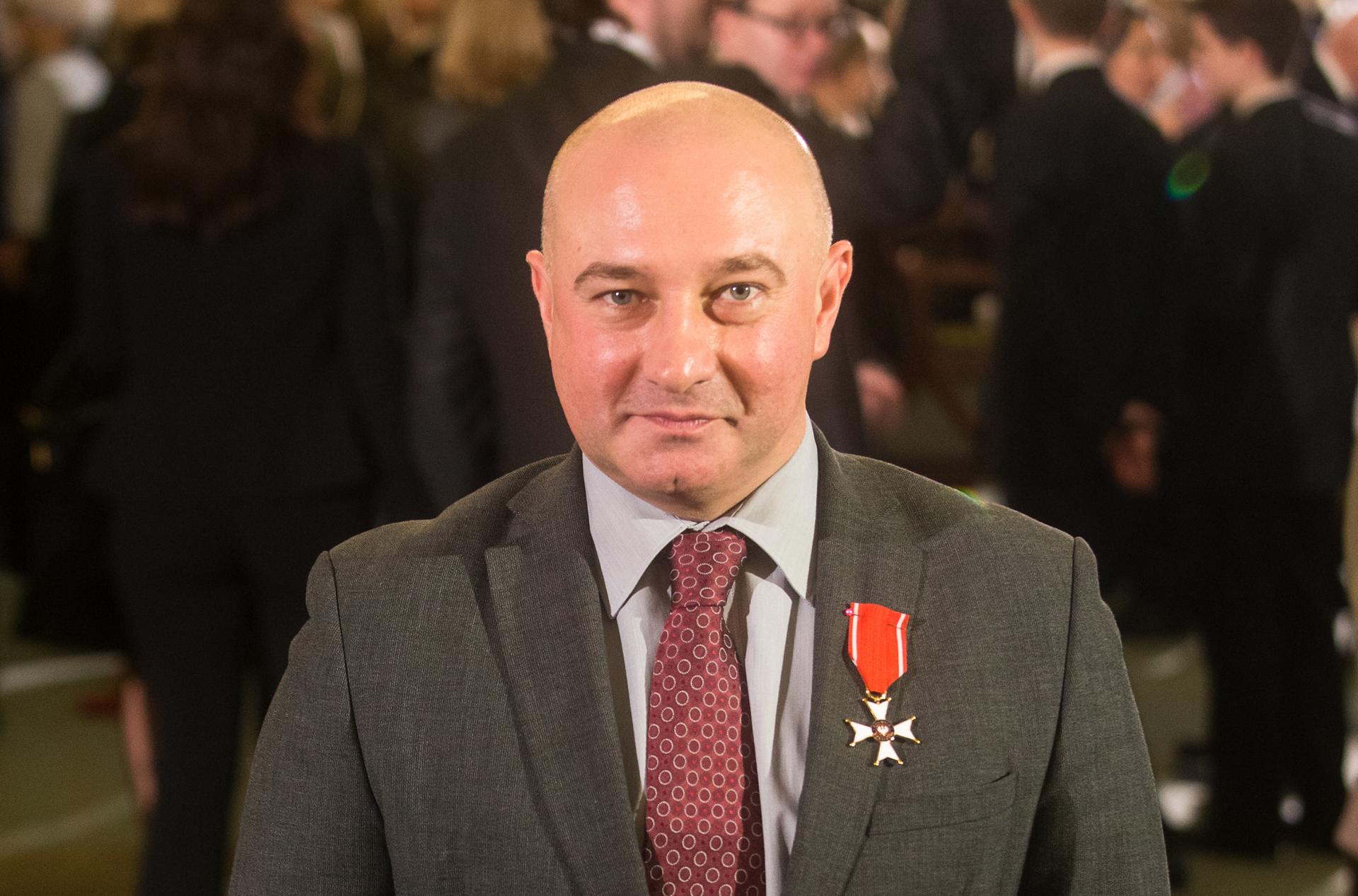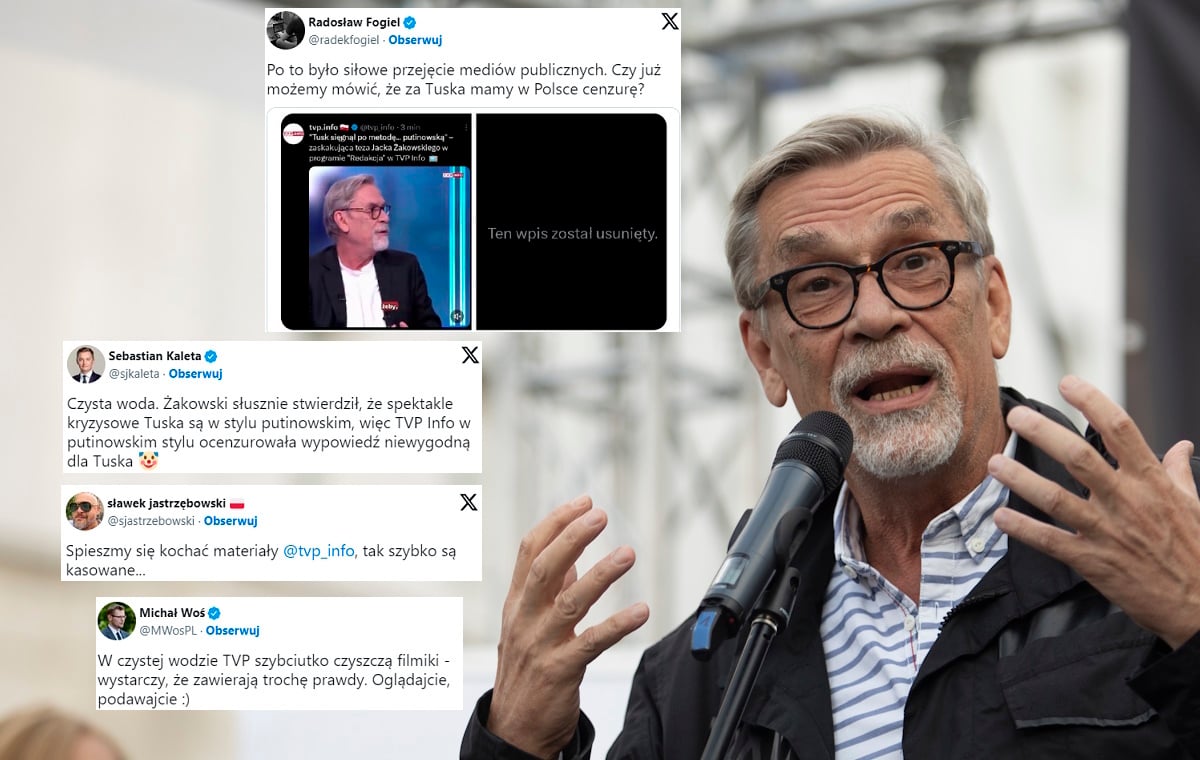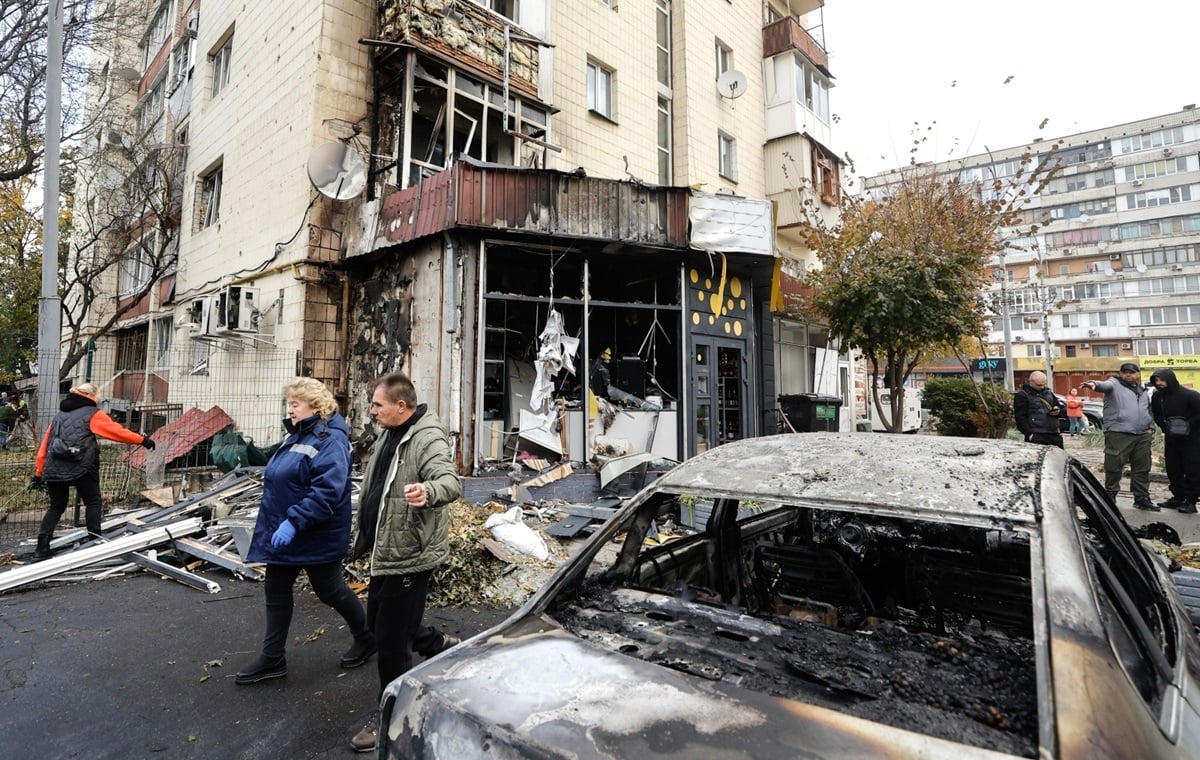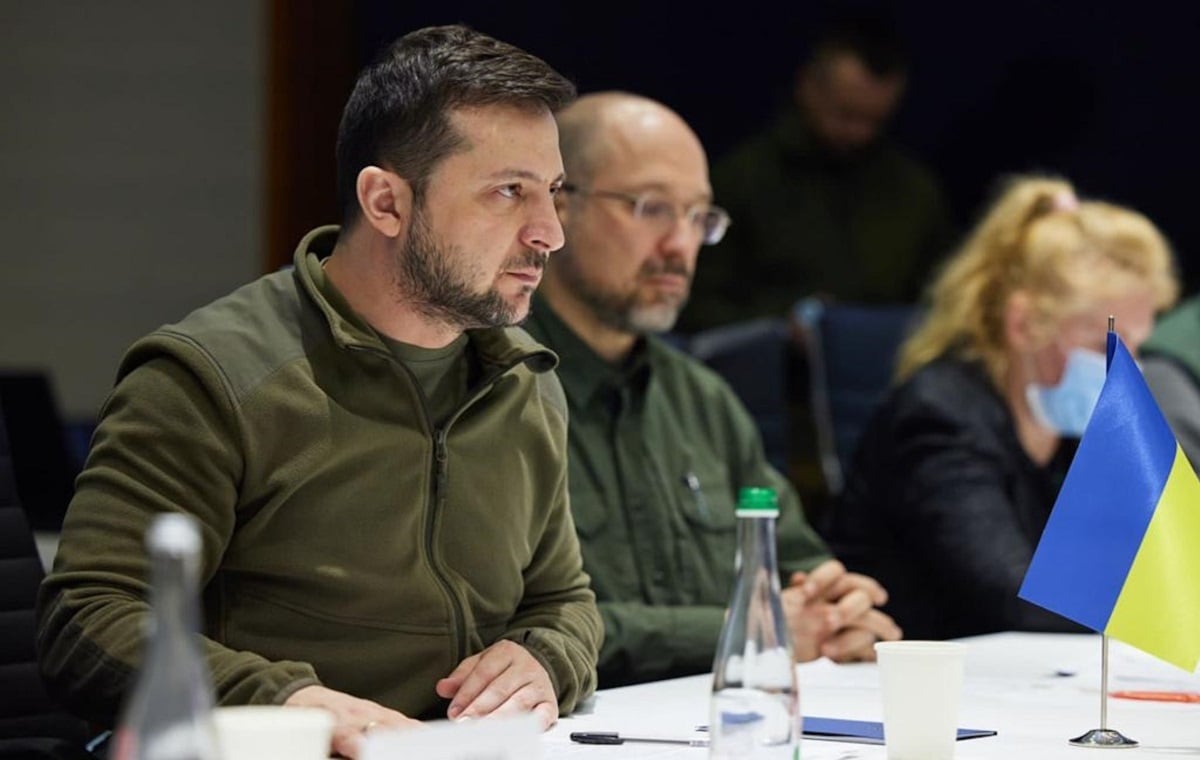Who is Kiszczak?
Czesław Kiszczak died in Warsaw on November 5, 2015. There were concerns that he would be buried in the Powzki Military cemetery, but he was buried in the Orthodox cemetery. Why there? There are many indications that he was a Ukrainian – Kiszczak’s biographer, Dr. Lech Kowalski told me.
He began his career in … Austria, where during World War II he was taken into forced labor. After the Soviets entered Austria, as a young communist and the son of a pre-war communist, he co-organized the militia on the spot. After returning to Poland, he joined the Polish Workers’ Party.
He worked in military counterintelligence, even earning the opinion of a “Gestapo officer” among his own. He was sent to London, where he investigated the environment of Polish emigrants from military circles. His report contributed to the arrests and trials, on false charges, of many Polish Army officers before September.
In 1957, he graduated from military school in the USSR and, as he himself emphasized, was one of the few who obtained a higher education without a high school diploma. After returning to the Polish People’s Republic, he climbed the career ladder to become Jaruzelski’s confidant. In the 1970s, at the request of Moscow, which considered Kiszczak “controllable”, he returned to military counterintelligence. In 1978, he became deputy chief of staff of the Polish People’s Party.
Czesław Kiszczak was the number two figure during the 1980s dictatorship and the right-hand man of Jaruzelski, who entrusted him with all departments of power except the army. He was one of 8 people preparing for the introduction of martial law. As in any mafia structure, Jaruzelski also needed someone who would be a ruthless executor of orders without asking unnecessary questions. Kiszczak is perfect for this. The head of the Ministry of Home Affairs is responsible for all the dirty work himself (and his people). The number of times he was arrested, convicted, intimidated, tortured or eventually beaten and killed proves that Kiszczak handled it perfectly.
In the late 1980s, he co-founded the concepts of the round table and “peaceful transformation”, which ensured a soft landing for communists after the collapse of the system. Shortly after the roundtable, Jaruzelski appointed him prime minister, but as a result of the rebellion, even on the part of ZSL and SD, his mission was unsuccessful. At the request of Tadeusz Mazowiecki, he assumed the post of head of the Ministry of Internal Affairs in his government and served until July 1990, completing the destruction of the archives of the SB and the Ministry of the Interior, with the knowledge of his superiors, including Mazowiecki himself, to whom he not only acknowledged this practice, but also declared that it was “for the public good.”
After 1989, Czesław Kiszczak was tried several times, but never went to prison. His achievements did not prevent Adam Michnik from calling him a “gentleman” (who later resigned from the editor-in-chief of Gazeta Wyborcza), and many former opposition defenders defended Kiszczak as the architect of the roundtable.

“Reader. Future teen idol. Falls down a lot. Amateur communicator. Incurable student.”


![Bogusław Wołoszański: “Achieving nuclear weapons would be the beginning of World War III” [WYWIAD]](https://storage.googleapis.com/bieszczady/rzeszow24/articles/image/877236c0-66fd-457a-9eb4-41792f9077ff)




